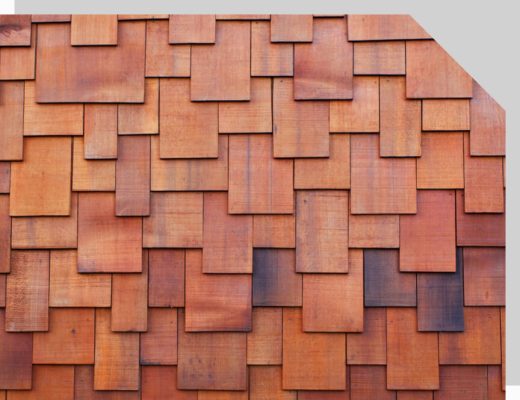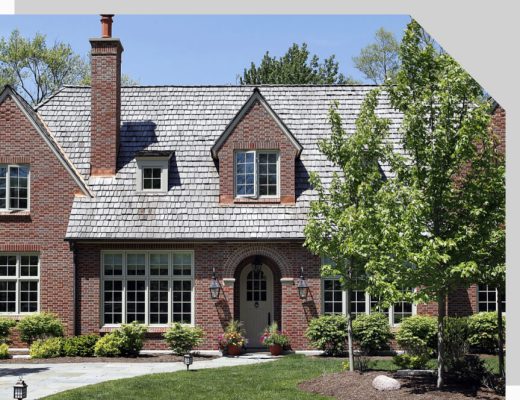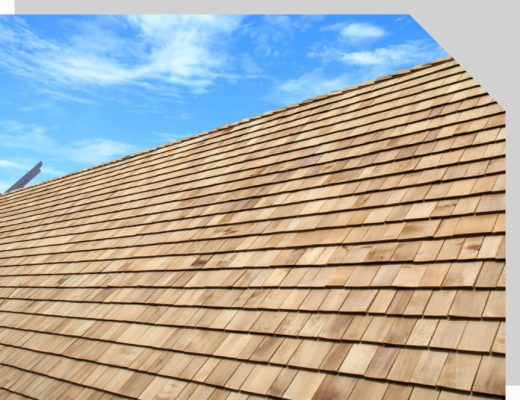Discover The Beauty of Cedar Roof Systems
As a homeowner or business owner, you want a roofing material that not only looks great but also lasts long. Cedar roofs are a popular choice among homeowners and business owners alike, thanks to their high-quality materials, durability, and beauty. If you’re considering a new top roofing material for your property, but you’re not interested in another synthetic roofing material, you’ve come to the right place!
Cedar roofing company, Thunder Bay Roofing, the leading residential and commercial roofing contractors in Edgewater, is here to share everything you need to know about cedar roofing. Contact us today by calling 410-956-7663 or keep reading to learn more.
What is a Cedar Roof?
A cedar roof is crafted from the natural wood of the cedar tree. Cedar roofs are renowned for their natural beauty and durability, making them a popular choice for residential and commercial properties, especially custom homes.
Why Choose Thunder Bay Roofing
Thunder Bay Roofing, a trusted cedar roofing contractor with 30+ years of collective industry experience, offers top-tier materials and installations tailored to each client’s unique needs. They prioritize customization and quality and their dedication to exceptional customer service includes free consultations and close collaboration throughout the project.
Plus, they provide worry-free warranties that adhere to installation guidelines, ensuring clients’ peace of mind. Choose Thunder Bay Roofing for their expertise, customized solutions, quality, outstanding service, and reliable warranties.
Benefits of Cedar Roof Systems
Durability
Cedar roofing is naturally resistant to decay and insect damage, making them a durable, long-lasting roofing option. With proper maintenance, cedar roofing can last decades, often 30 years or longer.
Energy Efficiency
Cedar roofing is energy efficient, meaning it can help you save money on energy costs by providing insulation for a building. The thickness of cedar roofing helps to trap air between the cedar roofing shingles and the interior of the building, which can help regulate temperature and reduce both heating costs and cooling costs.
Aesthetics
Cedar roofing materials are known for their natural beauty and can give your house a warmer, more rustic appearance than synthetic roofing materials. They can enhance the curb appeal of your property and add value to your home or business.
Environmentally Friendly
Cedar roofing material is a renewable resource, meaning that it can be harvested and replanted without causing long-term damage to the environment. Additionally, cedar is a natural biodegradable material, so unlike synthetic roofing products, it can break down over time without harming the environment. When a cedar roofing material reaches the end of its life, it can be easily disposed of without causing harm to the environment.



